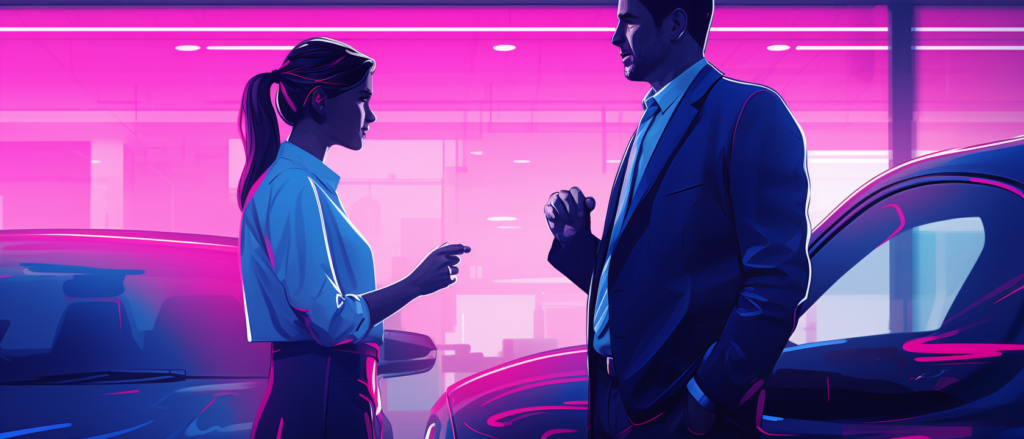In an exciting step towards a world without drowsy driving, Optalert is now opening up licensing opportunities to automotive manufacturers.

Video cameras in cars
In-built and mounted video cameras in cars (commonly known as ‘dash cams’) are fully focussed on events affecting a vehicle and can sometimes act as evidence should a road accident occur. Footage captured on dash cams can often show how an accident occurred, who may have been involved, and in some cases, who may have been at fault. Originally facing forward, many now also face the driver and the rear of the vehicle so they are capturing external and internal events.
A few dash cam stats and facts…
- It’s estimated 1 million Russians have dash cams installed in their cars
- Men are more likely than women to have dash cams in the UK
- Around 3 million vehicles in the UK are equipped with dash cam technology
- Dash cams are particularly popular in South Korea and Russia to defend against apparent fake accidents (to claim on insurance)
- Singapore’s largest taxi firm has installed 16,000 dash cams in its fleet
Dash cam evidence
According to Australian law firm Slater & Gordon, dash cam footage may be used as evidence in court as long as the dash cam is not used to film a private activity.
Of course, this varies across different states and countries, but motorists use dash cam footage to report and reassess an accident – after it has occurred. No doubt you’ve seen countless car accidents on the news supported with footage from dash cams.
There are hundreds of hours of dash cam footage compilations online (including this unbelievable capture of a Russian meteor explosion).
In-built cameras
Like dash cams, in-built cameras focus on the vehicle, however most do not have recording capabilities.
Instead, they act as real-time guides for a driver to better see his surrounds.
These cameras can be a great aid, especially when squeezing into those tricky parking spots. A reversing camera alerts us to our surrounds, but as we have said before, these types of cameras do not monitor the driver.
How will Optalert’s technology be integrated?
Optalert’s technology has traditionally been integrated into a pair of durable glasses that users (such as a truck driver or mine operator) can wear when they are driving to work, at work, or home from work.
As video cameras become more commonplace in cars, Optalert’s new licensing opportunities mean our technology can now be integrated directly into a vehicle’s dashboard, too.
How is Optalert technology different?
The major difference in Optalert’s technology is that it is fully focussed on the driver rather than the car or external elements like other vehicles, pedestrians, cyclists, or any other obstructions.
What benefits can we expect?
For the first time, in-vehicle telematics can now focus on both the vehicle and the driver.
With Optalert’s technology integrated into a vehicle’s dashboard, manufacturers, suppliers, and consumers can expect the following benefits:
In-vehicle display
The easy-to-read display ranks a driver’s alertness level on a simple ten-point scale, where zero = ‘very alert’ and 10= ‘very drowsy’. (You can read more about this scale, the Johns Drowsiness Scale™, here.)
Drivers receive alerts and can constantly see their present level of alertness and drowsiness in a clear and straightforward way.
Instant and real-time
The feature that sets Optalert apart from other camera and monitoring technology is that the data collected provides real-time updates on a driver’s state of drowsiness.
Instead of waiting to examine evidence or statistics after an accident has occurred, a driver will be warned before they even enter the dangerous state of drowsiness.
Continuous
For every moment you’re behind the wheel, Optalert’s camera technology is continuously monitoring the movement and speed of your eyelids through the dashboard camera.
Non-invasive
Once our technology is integrated into a vehicle’s in-camera display, there is nothing a driver needs to do to enable monitoring.
Non-obstructive
Our patented technology can be integrated within a vehicle’s existing camera system and eliminates the need of installing additional hardware.
Would you like to discuss integration of our technology into your telematics system?
We want to hear from you.
With continuous and proactive drowsiness detection monitoring, we are drastically reducing the risk of a fatigue- or drowsiness-related accident on our roads.
Contact Optalert today to find out more about licensing the world’s only real-time drowsiness detection technology.


